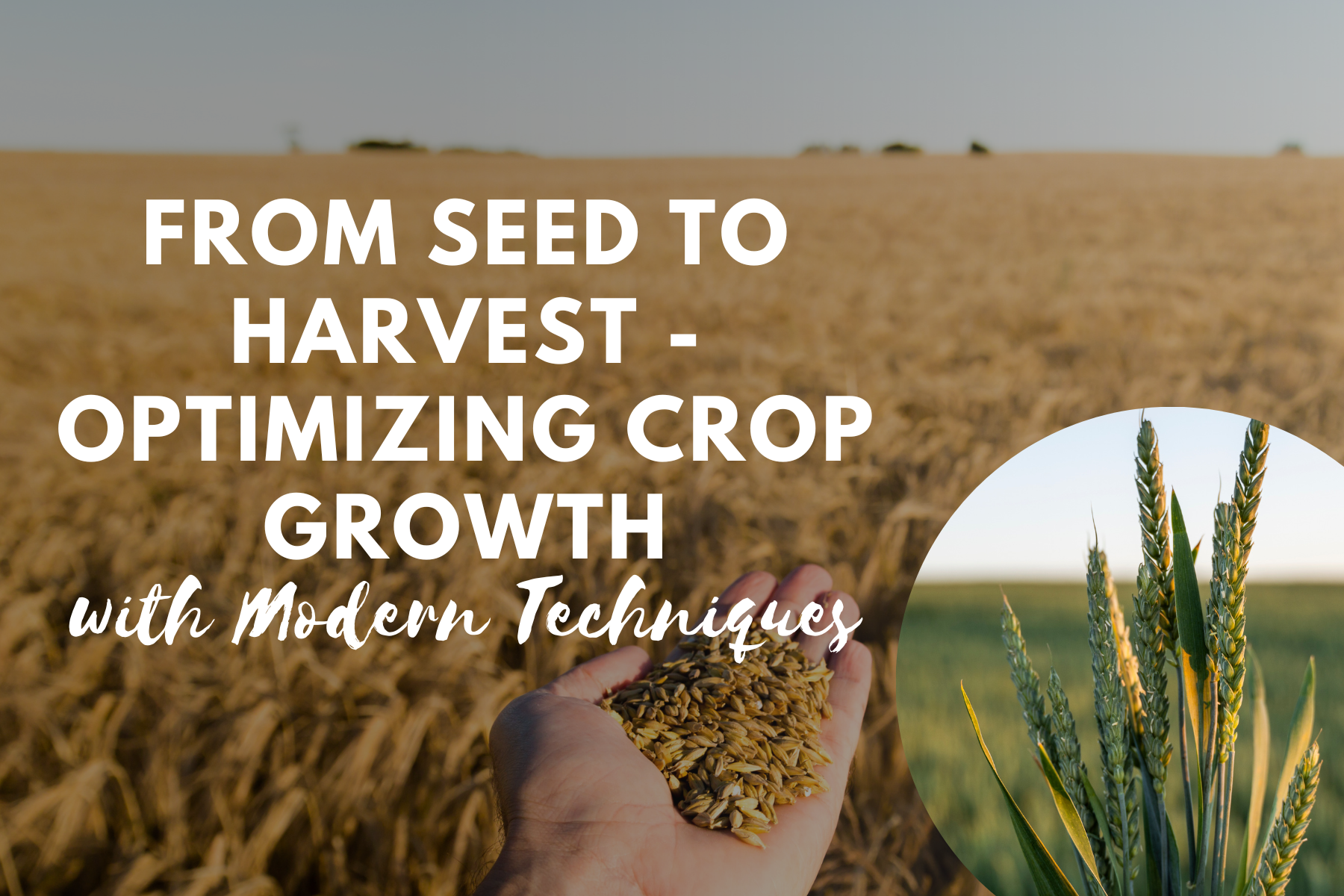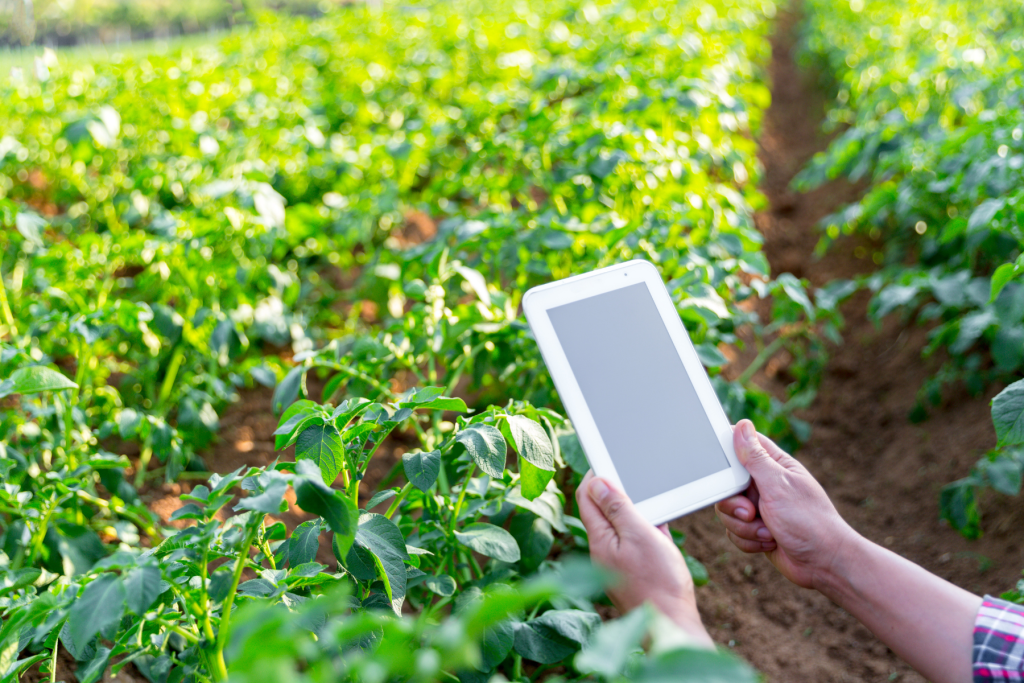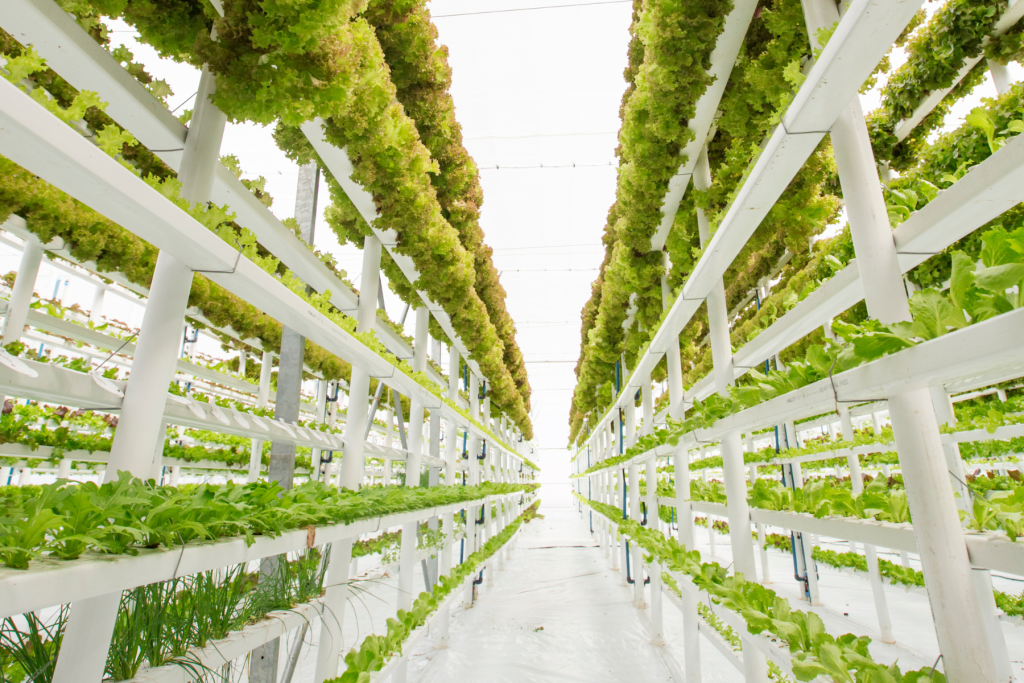Last Updated on April 15, 2024 by Real Men Sow
The global human population has recently crossed the eight billion mark, and numbers suggest the vital demand for food shall increase by 50% by the year 2050. As a result, farmers are now under more stress than before to provide for this growing population. But unfortunately, relying on conventional tactics to grow crops is not always enough to need this increasing demand.
This is where innovative modern tactics such as AG monitoring and more come into the picture to help out our farmers. But apart from this, many other modern techniques help farmers optimize crop growth. So let’s check out some of these tactics and help farmers use these tactics to their advantage.
Precision Agriculture
Data has become an integral part of this modern digitized environment where technology is helping us make the most of valuable data-driven insights. Hence it only makes local farmers use data to enhance their agricultural practices and boost crop yield. But how? Using precision agriculture.
This is a unique tactic where farmers can collect, process and evaluate data to generate insights and create strategies to enhance soil productivity and quality. This is a simple yet nuanced tactic where farmers make specific management decisions based on specific data points. These data points strive to enhance farm produce across multiple key areas, including sustainability, efficient use of resources, quality, profitability, and productivity.
Local farmers from varied regions around the globe are using this innovative tactic by combining it with big data and making more informed management decisions. This helps farmers get better control over their crop yield variables such as soil condition, moisture levels, and microclimates to maximize yield. Precision agriculture mostly deals with remote monitoring solutions, robotics, drones, and automation to ensure optimal use of agricultural resources and enhance crop health.
Field Productivity Zoning
Field productivity zoning is a relatively age-old tactic but has become more precise with the technological advancements of the modern day. It is natural for every farmer to determine the productivity of the field where they wish to crop sow seeds. Besides that, farmers even have to determine specific areas of the agricultural field where productivity is higher. This is what field productivity zoning is all about.
With effective field productivity zoning, farmers can plant seeds more densely in specific areas with greater productivity which automatically helps increase crop yield. But more importantly, this prevents farmers from wasting seeds where field productivity is lower, further ensuring optimal use of available resources. Furthermore, this tactic also helps local farmers ensure appropriate treatment for areas with lower productivity. This means taking necessary measures to enhance soil fertility and hence productivity.
While field productivity zoning has been a significant challenge for farmers until now, modern technological advancement is making things simpler for good. Local farmers can now use high-precision monitoring technologies to generate maps based on field productivity and historical data. This will help them determine and segregate areas based on their productivity to ensure appropriate farming for maximizing crop yield.
Indoor Vertical Farming
Climate change is now a significant concern for everyone, and encroaching on wild lands for agriculture can get you in trouble. But that does not change the fact that farmers still need cultivable land to meet the increasing demand. Unfortunately, even today, the average rice yield per hectare lies between three to six tonnes putting farmers in a rather difficult spot.
But thankfully, we now have indoor vertical farming to rid farmers of this limitation. How? Indoor vertical farming means growing farms produced stacked above one another in a controlled and closed environment. This unique and relatively new technology leverages growing shelves by mounting them vertically and increasing crop yield in limited spaces. Interestingly, most often, these farms don’t even require soil, all thanks to hydroponics and aeroponics.
Hydroponics is a relatively new gardening practice where plants grow using nutrients and water solutions. On the other hand, aeroponics will suspend the crop’s roots in the air with emitters designed to spray the roots with nutrients and water. Using these tactics, farmers can leverage indoor vertical farming to control specific elements that influence their crop’s growth. This also helps local farmers save on their water use significantly, helping them ensure better use of limited resources.
Minichromosome Technology
The human population has been growing unprecedentedly over the past few centuries. This population boom definitely means a significant increase in demand for food that we all rely on. Numbers suggest farmers will have to boost their crop production by 23% to maintain the current living standards. Therefore, losing valuable crop production and yields to pests is no longer an option for farmers.
This concern has resulted in many suggestions to increase the production of genetically modified food to meet the rising demands. However, there is also a great deal of opposition to this idea based on the speculations of genetically modified food triggering allergic reactions and other complications. Besides that, the release of toxins in the soil and the disruption of natural biodiversity have been significant concerns.
But fortunately, there finally seems to be a solution to these concerns with minichromosome technology altering plant genes to enhance their traits. Minichromosomes have very meagre concentrations of genetic materials, which can help make plants and crops more resilient to external elements. This means crops that are more resilient to droughts, pests, and other destructive elements without affecting the natural development of the host.
Minichromosome technology yields the potential to help engineers create crops that require relatively less care. This means less expenditure on fungicides, pesticides, and fertilizers, which helps reduce reliance on these harmful chemicals. Lastly, this also helps farmers enhance the nutritional content of crops while enhancing overall yield.
Conclusion: Wrapping Up!
Sustainable and efficient farming are among some of the significant discussion points among the masses today. It all boils down to the simple policy of making the most of the limited resources available at our disposal.
Therefore, local farmers must now start adopting new and advanced technologies to optimize yields and ensure thorough use of resources. The aforementioned tactics can come in handy in terms of boosting agricultural productivity and meeting rising demands.



